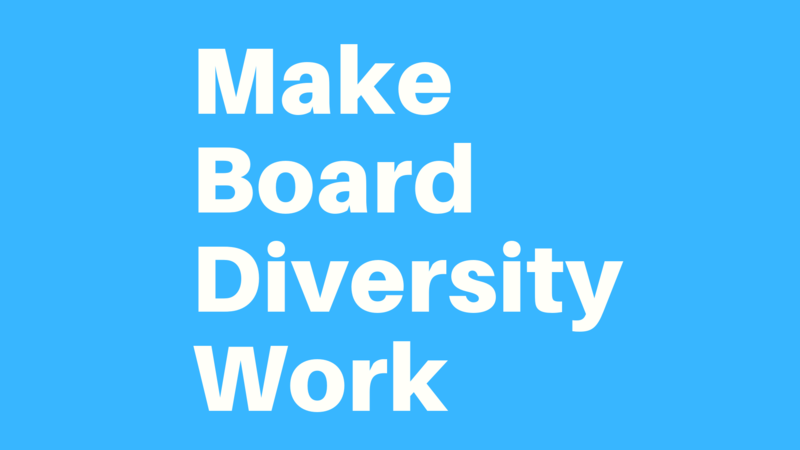
Board members representing diverse communities become frustrated with a lack of full-in organizational commitment to diversity.
Adopting a goal to achieve diversity is one thing. Taking action to successfully achieve that goal is quite another.
Despite ongoing encouragement for nonprofit boards to embrace diversity, research shows that rapid movement toward more diverse boards is just not happening on a broad scale. The natural consequences are that individuals from underrepresented groups become frustrated, discouraged, and disengaged from their board service.
Organizations not demonstrating active commitment send a clear signal that it isn’t a priority. This message projects well beyond the boardroom to prospective board members, members, volunteers, staff, and donors. These organizations are shooting themselves in the foot: their negative reputation will drive away individuals they would like – and need – to attract.
Speaker Colleague Dr. Shirley Davis is a recognized global workforce expert and specializes in diversity and inclusion. She advises, “Any conversation around achieving organizational diversity should not be narrowly focused on just gender and race.” She adds, “True diversity isn’t about quotas.”
Dr. Davis notes that organizations will benefit from recognizing critical perspective. “Optics matter. When an individual doesn’t see anyone else that looks like them, it communicates that their values and needs aren’t important.”
Dr. Davis shares these actions for successfully implementing a goal for achieving board diversity.
Avoid mistakes that will block implementation success. Dr. Davis identifies these four as especially significant.
To create a true culture of diversity, Dr. Davis advocates going beyond focus on the board by “operationalizing” your efforts. Consider leadership positions, committee involvement, program scheduling, employee hiring, vendor selection, member and volunteer recruitment, and donor acquisition as examples of priorities for achieving organizational diversity.
Further demonstrate your commitment to diversity by ensuring that the public view of your organization, such as through your website and social media activity, includes leadership statements that reflect on various aspects of diversity.
Thank you, Dr. Shirley Davis, for sharing the benefit of your expertise. Readers wanting to learn more about Dr. Davis’s solutions for diversity and inclusion or other workforce-related challenges can visit her website www.drshirleydavis.com.
As nonprofits take action on their commitment to board diversity and inclusion, following Dr. Davis’s advice will help remove a source of frustration among board members.
This guidance will also help organizations position themselves as much more attractive to individuals representing different races, cultures, genders, and generational groups.
Does your organization have a goal for increasing diversity and for creating intentional inclusion? What actions are you taking to achieve your goal?
Please let us hear how your implementation process has worked. Comment below with your ideas.